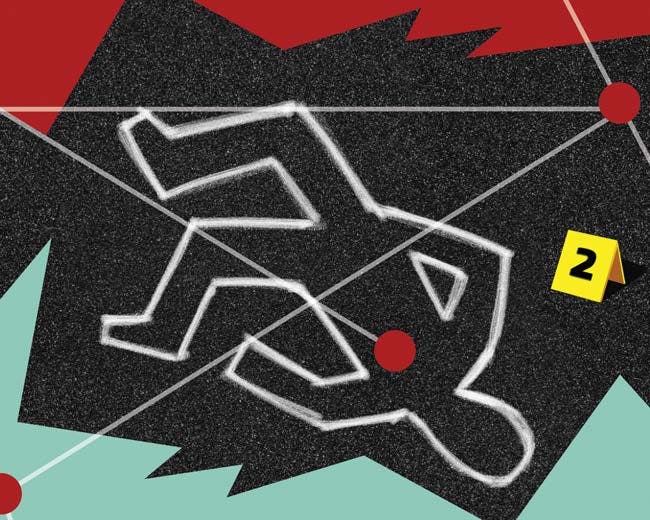
Connecting the Dots
Photography
Rogues’ Galleries
In the decades following the invention of photography in the 1830s, police departments began using photographs as a means to identify criminals. Law enforcement agencies in large cities created files of thousands of portraits that became known as “rogues’ galleries.” The photographic collections lacked standardization and suspects would often try to disguise their faces. The objectivity of photographs was never questioned by the police. “The very cleverest hands at preparing a false physiognomy for the camera have made their grimaces in vain,” noted New York City police detective Thomas Brynes in his 1886 book on criminals. The value of a rogues’ gallery is in the details, he argued. A skilled detective looks for a distinguishing mark of a suspect. “It did not matter much what disguise he assumed. That feature would remain a tell-tale.”
Composite Photography
In 1879, Francis Galton introduced composite photography in an attempt to identify common physical characteristics of criminals. In this image, Galton showed composites of criminals who had been convicted of violent crimes. Galton noted two common features among this criminal population. One is an overall frame that is “broad and massive, like those of Henry VIII, but with a much smaller brain.” The other feature is a face that is “weak and certainly not a common English face.” Despite this early claim, Galton eventually found that any peculiar feature of a criminal became “normal” in composites and that there is no link between physical features and the criminal mind. In the 1880s, Galton founded the eugenics movement and continued his composite photography work in ethnological studies.
Bertillonage
In 1879, Alphonse Bertillon, a police officer in Paris, France, introduced an identification system that combined detailed physical measurements of suspects and their photographs. Bertillon photographed each suspect twice: once full face and once in profile, and added the photographs to an identification card that listed body measurements. The identification system, which became known as Bertillonage, was adopted by law enforcement agencies throughout the world. Fingerprinting displaced Bertillonage by the 1920s, but Bertillon’s standardized process of photographing suspects became the forerunner of the familiar-looking mug shot of today.
